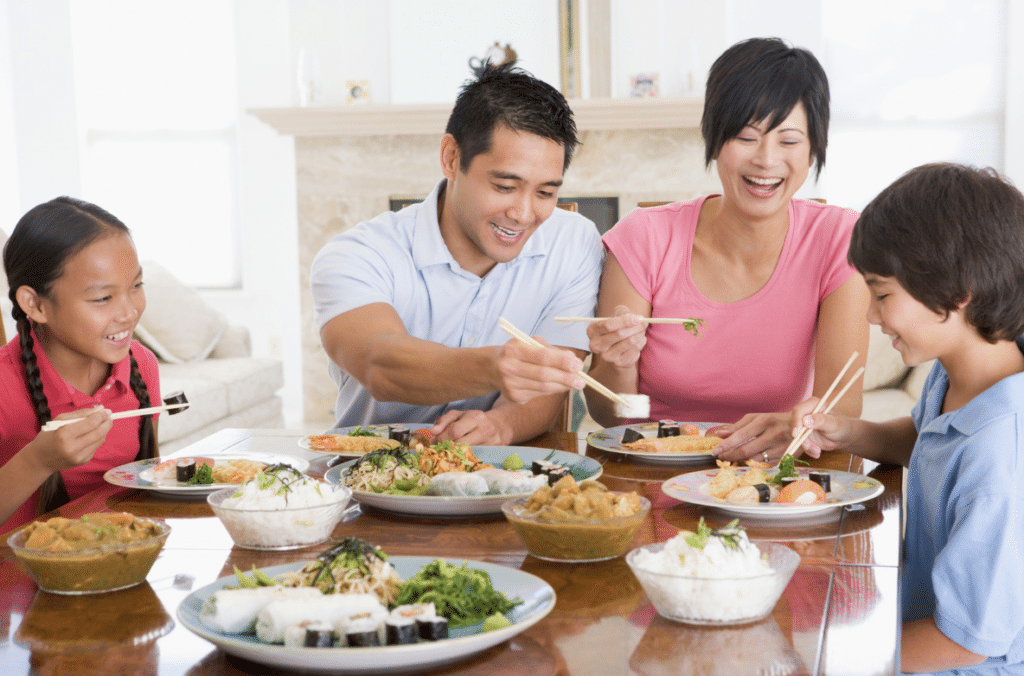The Fundamentals Of Proper Etiquette In Vietnamese Dining
Explore the essentials of Vietnamese dining etiquette to enhance your meal experiences and respect cultural traditions.
In Vietnamese culture, dining etiquette holds deep significance, reflecting respect and communal values. Mastering these practices not only enriches your dining experience but also demonstrates a profound respect for Vietnamese traditions, enhancing both social and culinary interactions. Here are a few Vietnamese dining etiquette tips:
Vietnamese Dining Etiquette
Preparation for Dining
Preparing for dining in Vietnamese culture involves understanding proper attire and punctuality. Whether attending a formal event or a casual gathering, choosing the right outfit is important. At formal events, traditional Vietnamese attire is appropriate, showcasing respect. Casual settings require neat, modest clothing.
Always arrive on time when visiting a Vietnamese home or restaurant and greet your host warmly to express your respect and appreciation. These practices embody the core of dining etiquette and underscore the value of respect within Vietnamese dining.
Table Manners
In Vietnamese dining, table manners extend to how guests are seated. This reflects the deep-rooted respect for elders and the social hierarchy characteristic of Vietnamese culture.
Typically, the eldest or highest-ranking person is seated first, often at the head of the table. Others are seated in descending order of age or status. This arrangement is more than just tradition. It emphasizes the cultural importance of respect and recognition within the community.
Chopsticks are the main tools for most dishes, especially shared dishes, reflecting the communal aspect of Vietnamese meals. Spoons are used for soups and broths. Proper use of these utensils reflects respect for Vietnamese dining traditions.
During the Meal
During Vietnamese meals, it is customary for guests to serve others before themselves. This practice embodies proper etiquette and the communal spirit of Vietnamese dining, which enhances the dining experience and respects traditional values. Values such as community, respect, and generosity are central. These principles are reflected during meals, where serving others before oneself exemplifies the deep-seated respect for collective well-being and hospitality inherent in traditional Vietnamese dining.
Polite conversation enhances the meal. Topics typically include discussions about the meal itself, such as compliments on the food and inquiries about the recipes. This demonstrates respect for the cook and appreciation for the meal. It’s also considered polite to engage in light, positive conversations about common interests. That can include cultural insights, travel experiences, and general well-being.
Conversely, it’s important to avoid topics that could provoke discomfort or controversy. Discussions involving politics, personal finances, or contentious social issues are considered inappropriate. Criticizing the food or dining customs at the table is also frowned upon, as these actions can be seen as disrespectful to the hosts and other guests. By adhering to these guidelines, guests contribute to a respectful and enjoyable dining atmosphere.
Specific Dish Etiquette
Mastering the etiquette of eating specific Vietnamese dishes like pho greatly enhances the dining experience. To properly enjoy pho, utilize chopsticks for the solid ingredients and a spoon for the broth. Holding the bowl close enhances your ability to enjoy the aromatic qualities of the soup.
In family-style dining, which is common in Vietnamese cuisine, it’s important to use the serving utensils provided to transfer food from communal plates to your own. This practice ensures hygiene and shows respect for shared dining etiquette.
Ending the Meal
Ending a meal in Vietnamese dining involves thoughtful gestures and specific etiquette. To compliment the host and the food, express gratitude with phrases like “Cảm ơn bạn, món ăn ngon lắm” (Thank you, the food was delicious). It’s polite to nod appreciatively or smile as you thank the host.
When handling the bill in a restaurant, the oldest or highest-ranking person typically offers to pay first, reflecting respect and seniority. If you wish to contribute, do so discreetly to maintain the dignity of the host and respect the cultural norms of Vietnamese dining.
Honor the Culture
Embracing Vietnamese dining etiquette enriches your meal experience and honors the culture. By following proper seating, utensil usage, and respectful interactions, you can truly appreciate Vietnamese food traditions. Try these tips at your next meal to deepen your cultural appreciation.

